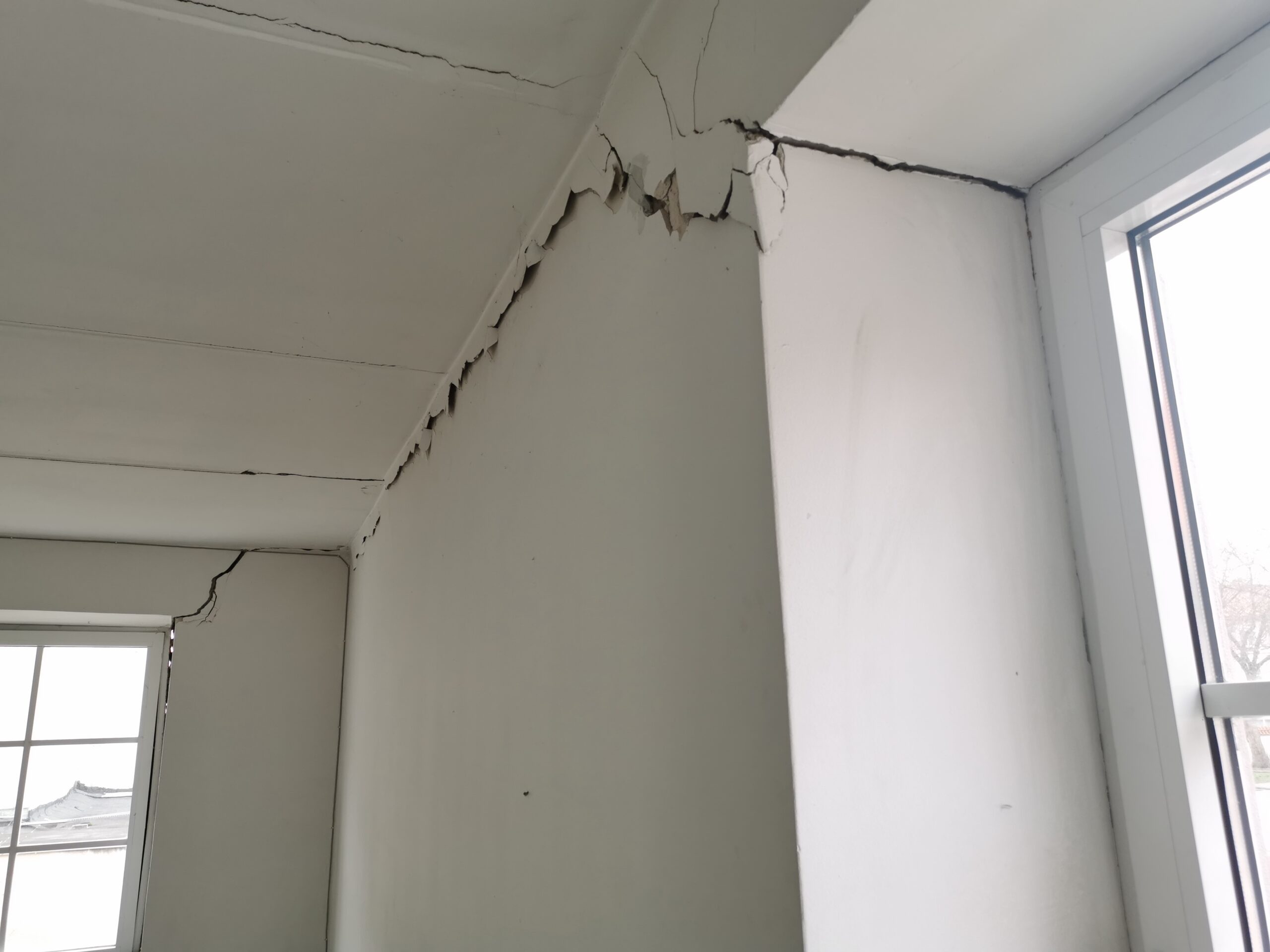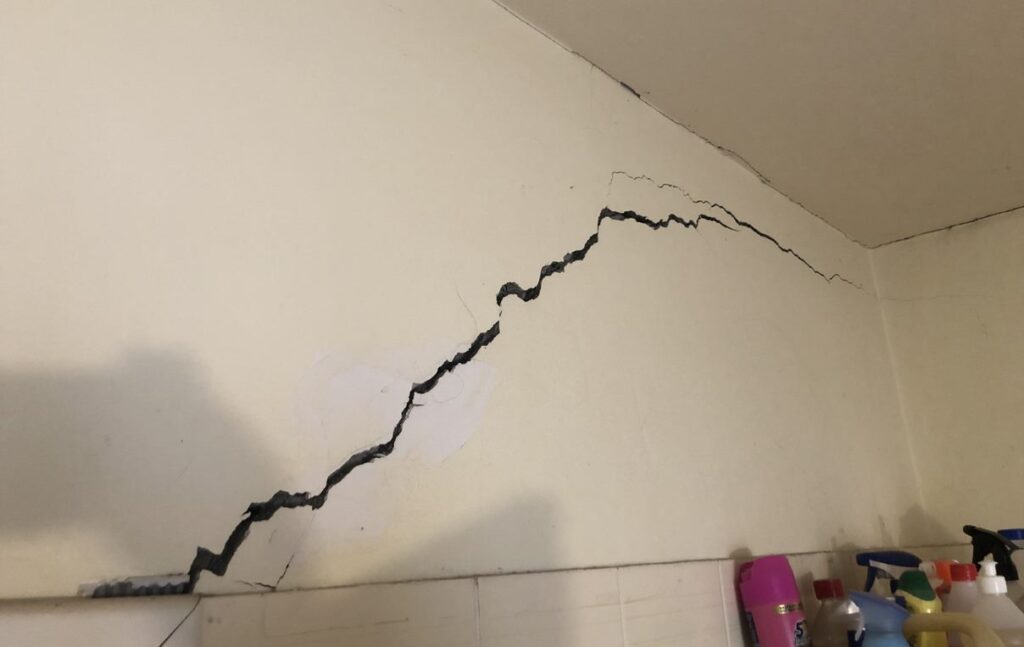The problem of foundation subsidence is quite common in Estonian apartment buildings. However, unfortunately, the housing association board, residents, and property managers often fail to notice it.
“Cracks in the building’s load-bearing walls are noticed, but the underlying causes are not examined, and the damaged areas are simply repaired as a finishing job. However, if the cracks reappear and new ones keep forming, it is a clear sign that foundation subsidence is continuing,” explains Aleksandr Varkki, project manager at URETEK Baltic OÜ, a company specializing in stabilising subsiding structures. Over the years, he has travelled across Estonia for work and has seen apartment buildings with subsiding foundations everywhere.
In the case of newer apartment buildings, the cause is usually construction errors or the absence of a pre-construction geological soil survey. Subsidence typically becomes apparent either immediately after the building is completed or within a few years. It is crucial to quickly determine whether this is a normal post-construction occurrence or the early stage of a more significant problem.
In older, Soviet-era apartment buildings, the most common cause of subsidence is rainwater, which, instead of being directed away from the building, seeps into the ground beneath it through damaged or improperly installed stormwater pipes. Over time, this washes away fine particles from the foundation’s supporting soil. Subsidence can also be caused by fluctuations in the groundwater level, which may manifest as excessive moisture or water seeping into the basement. A properly functioning drainage system would prevent this issue, but in older buildings, such a system may be missing or deteriorated.
Foundation subsidence is less common in apartment buildings located on limestone bedrock, such as those around the Lasnamäe canal. However, buildings situated on former marshland areas closer to Peterburi Road in Lasnamäe have a high risk of subsidence. Completely resolving subsidence issues caused by natural factors may require the involvement of various stakeholders, for example, to establish a public stormwater drainage system in the area.
Why is it important to stop a building from subsiding?
In the early stages, foundation subsidence primarily affects the building’s visual appearance. However, cracks in the walls can also impact thermal insulation and lead to weather-related issues such as peeling paint, mold, and moss growth. Additionally, the movement of doors and windows in load-bearing walls may become problematic, and window glass may start to crack.
If the problem is not addressed, continued subsidence can cause issues with technical systems located beneath or near the foundation. For example, a change in the slope of a sewer pipe due to subsidence can lead to blockages, and there is also a risk of the pipe breaking and leaking. The problems caused by a leaking pipe may only become apparent years later.
“It is important to be vigilant about subsidence-related issues. If unexplained damage appears on the building’s structure, it is wise to consult us or reach out to a company offering construction expertise to prevent more serious damage,” Varkki emphasizes.
“We always assess each case individually. There is no one-size-fits-all solution for all buildings—some may be suited for the URETEK method, while others may require support piles. In certain situations, if foundation subsidence is in its early stages, monitoring might be sufficient using settlement markers or by ordering a geodetic survey for the building.”
The URETEK method is quick and effective and does not disturb the residents.
URETEK improves the load-bearing capacity of the building’s foundation soil by injecting geopolymer resins to compact the ground. “The main differences compared to traditional construction work are speed, efficiency, convenience, and minimal disruption to residents. In most cases, there is also no need for a renovation project or a building permit, as the structural design is not altered,” explains Varkki.
With traditional construction work, stopping foundation subsidence requires extensive excavation and backfilling, waiting weeks for concrete to cure, and likely performing finishing work. In contrast, with URETEK technology, most tasks are completed in a single day, and the effect of the geopolymer in the soil is immediate. 95% of the intended soil load-bearing improvement is achieved within 15 minutes of injection, and within 24 hours, the geopolymer is fully cured and has reached its designed properties.
URETEK Baltic provides a 2-year warranty for its work, which, based on the company’s experience, is sufficient to confirm that the subsidence has stopped. By agreement with the client or in the case of a comprehensive renovation of an apartment building, the warranty period can be extended.
If you suspect foundation subsidence in your building, feel free to contact us and schedule a free consultation with URETEK Baltic specialists.




